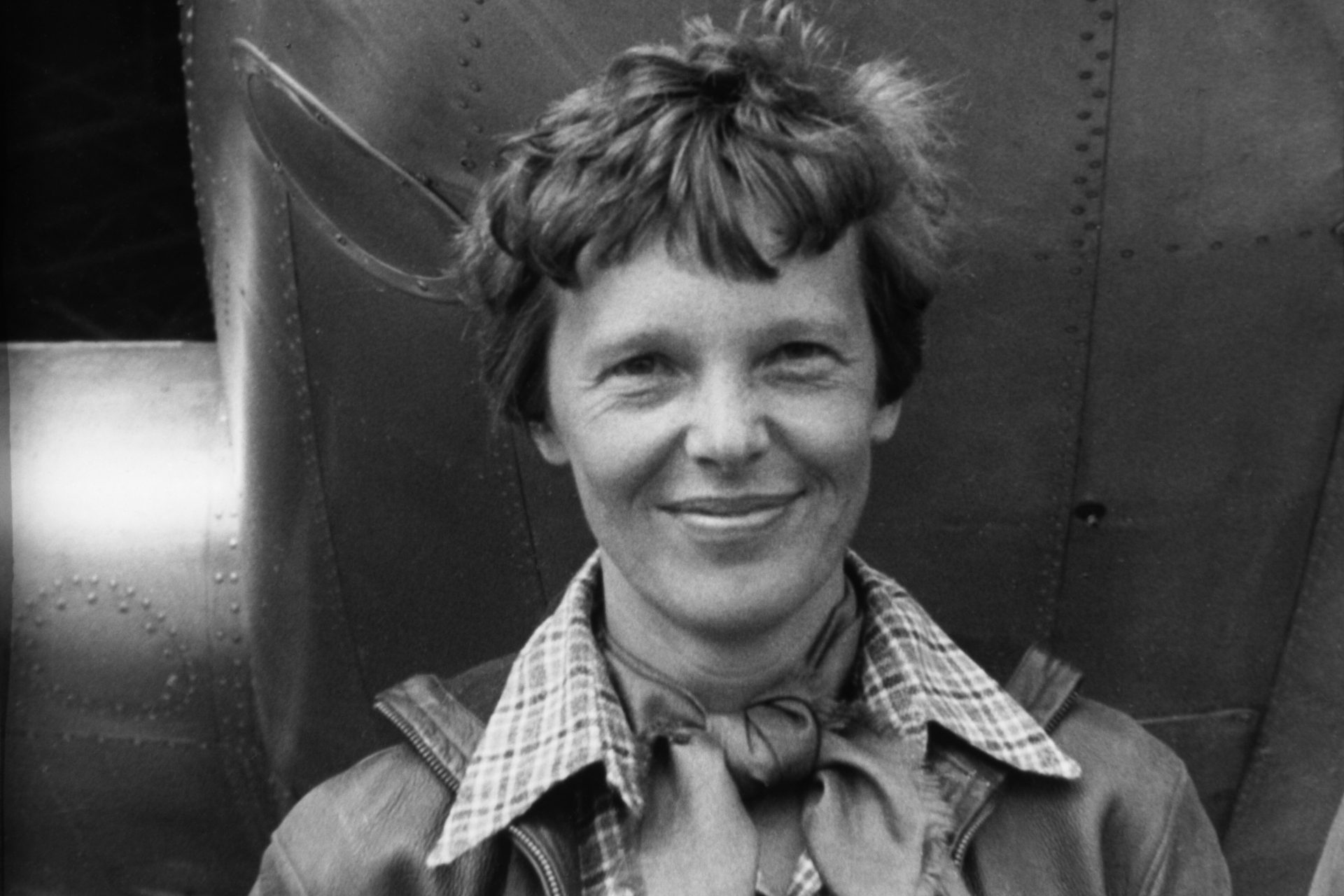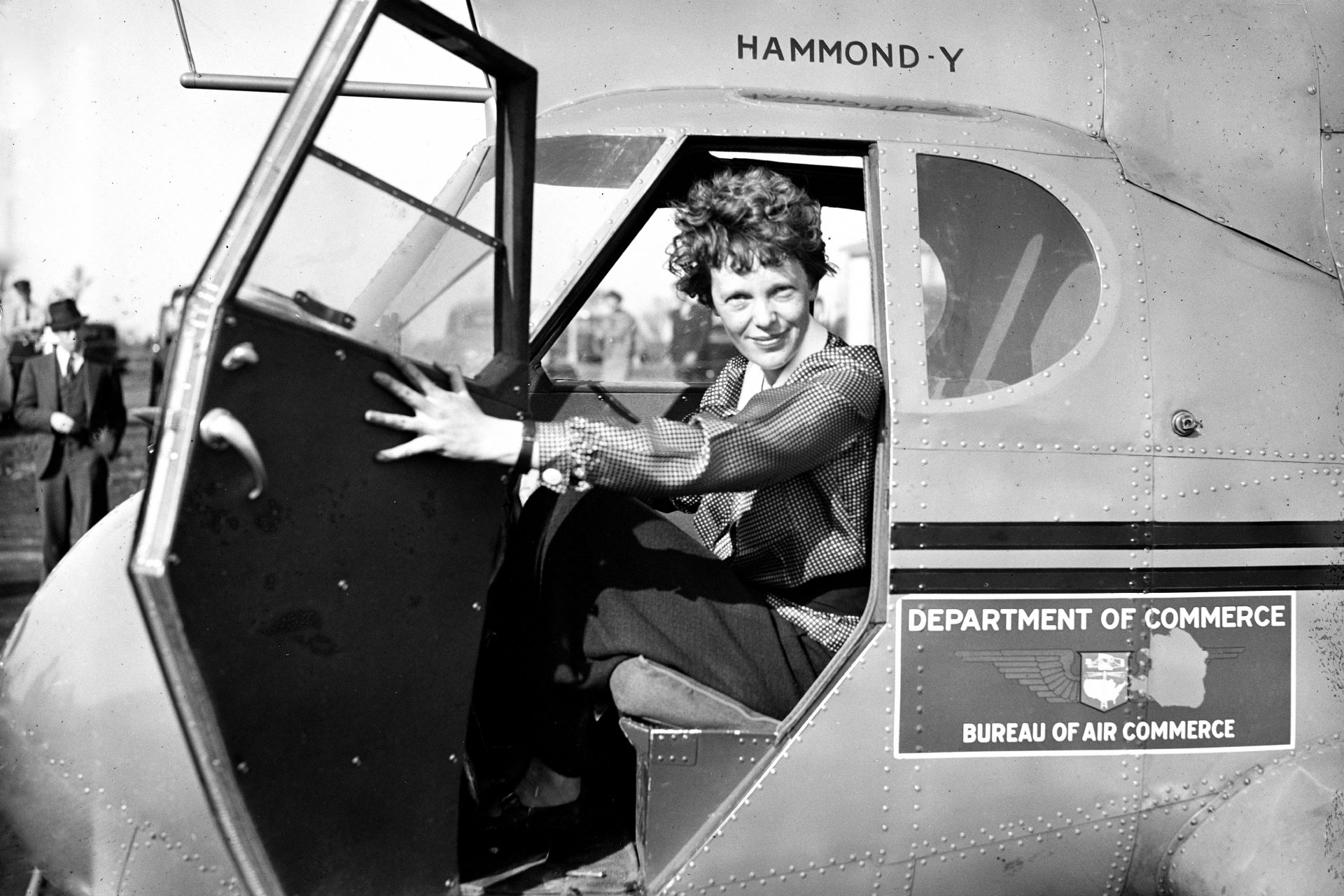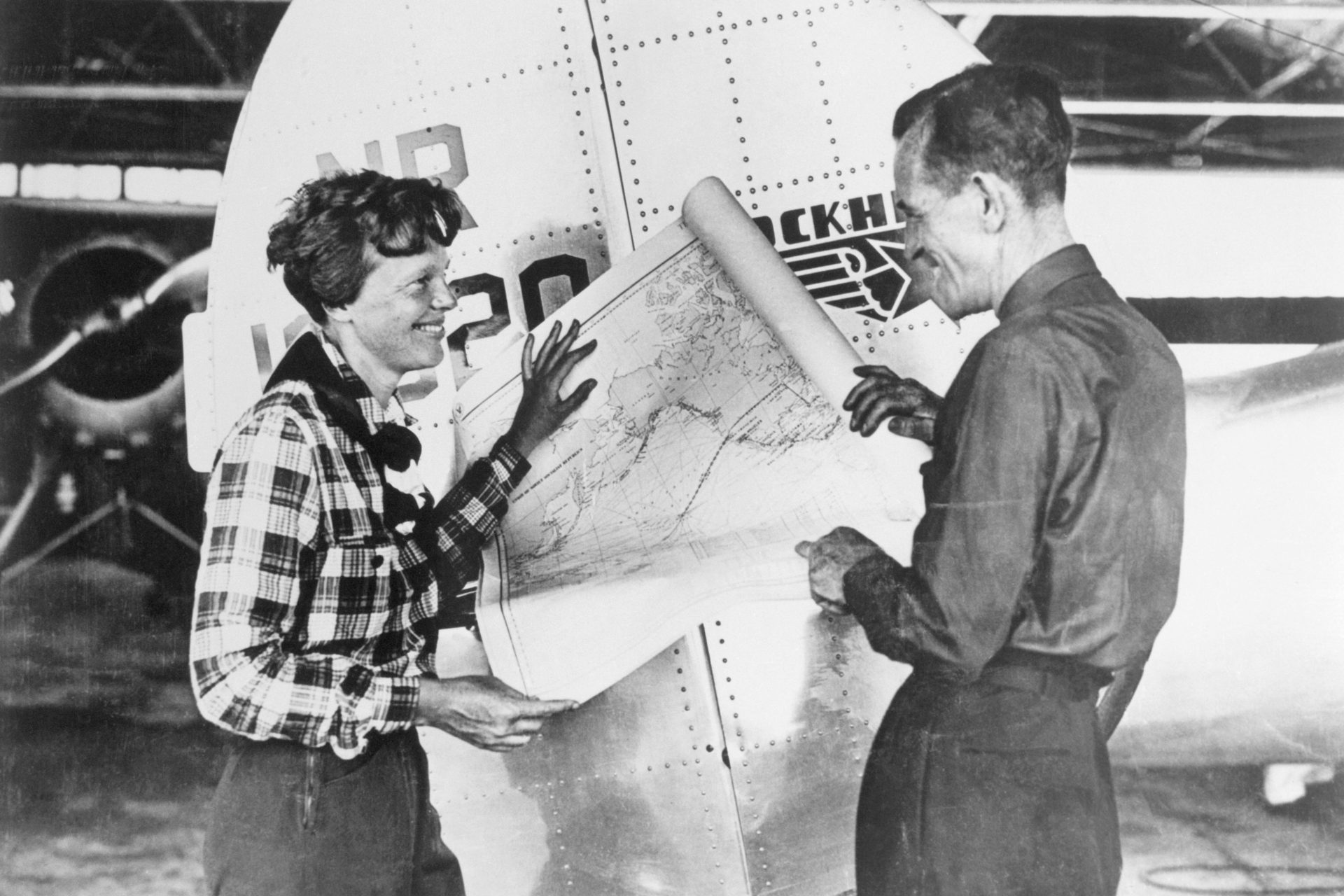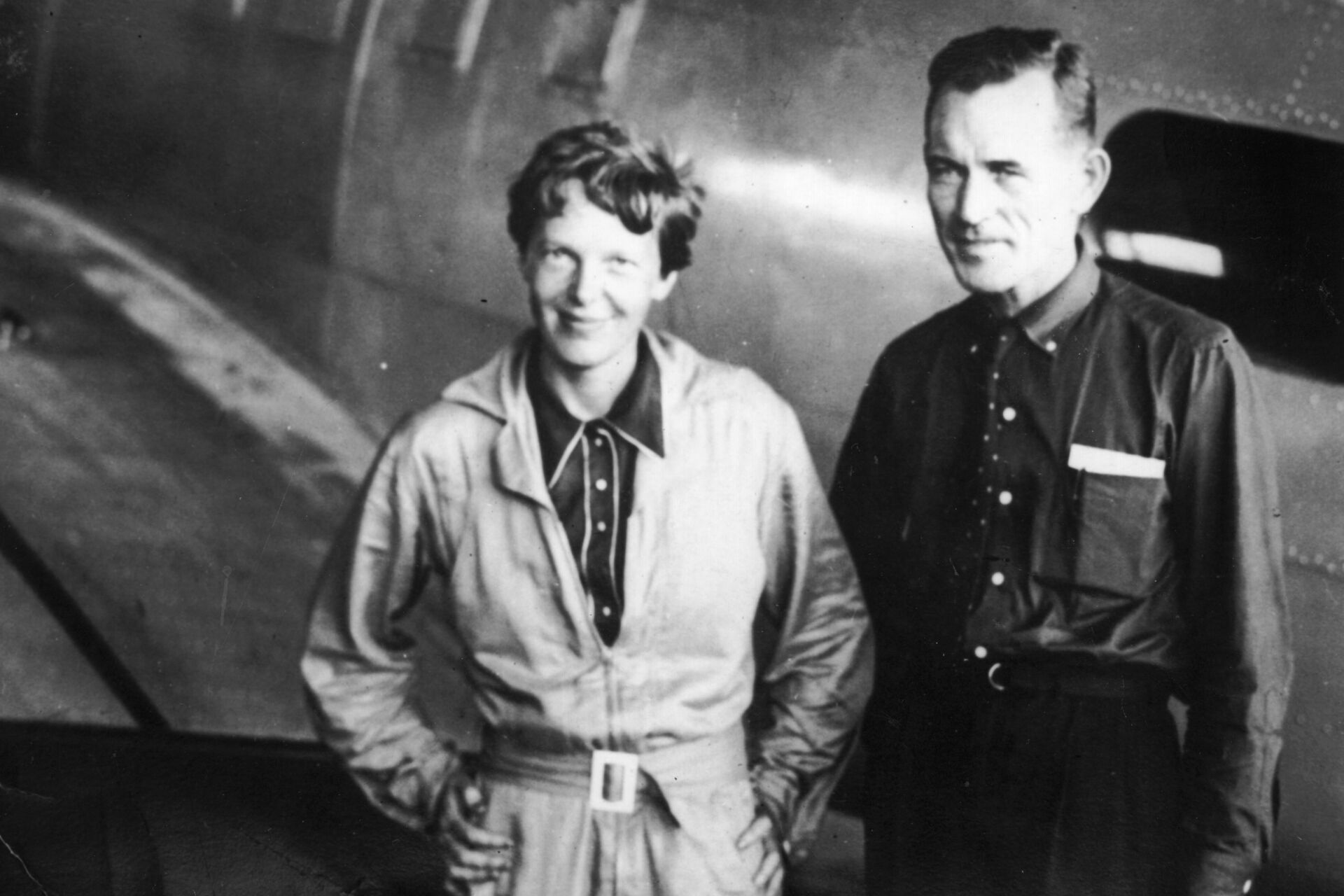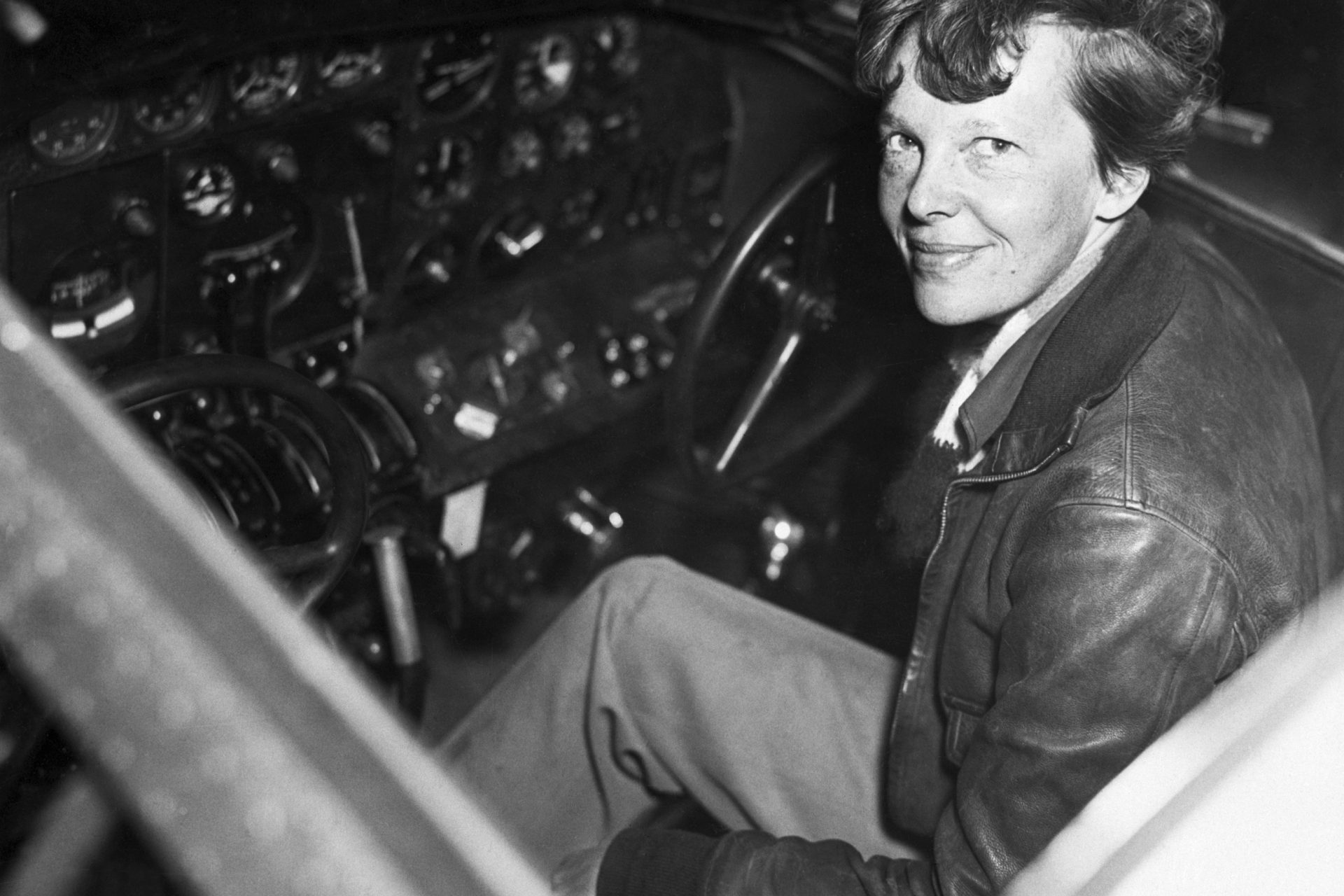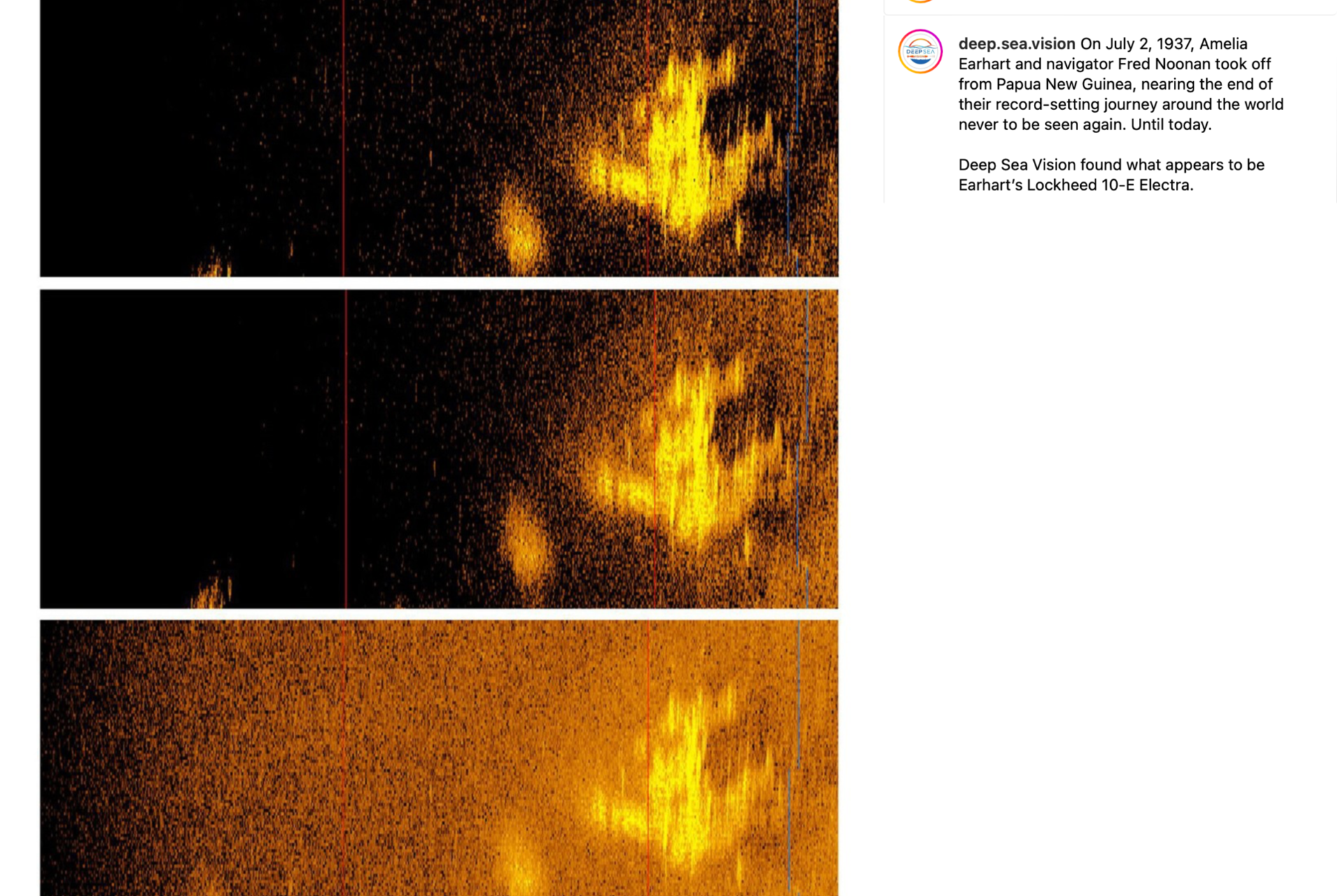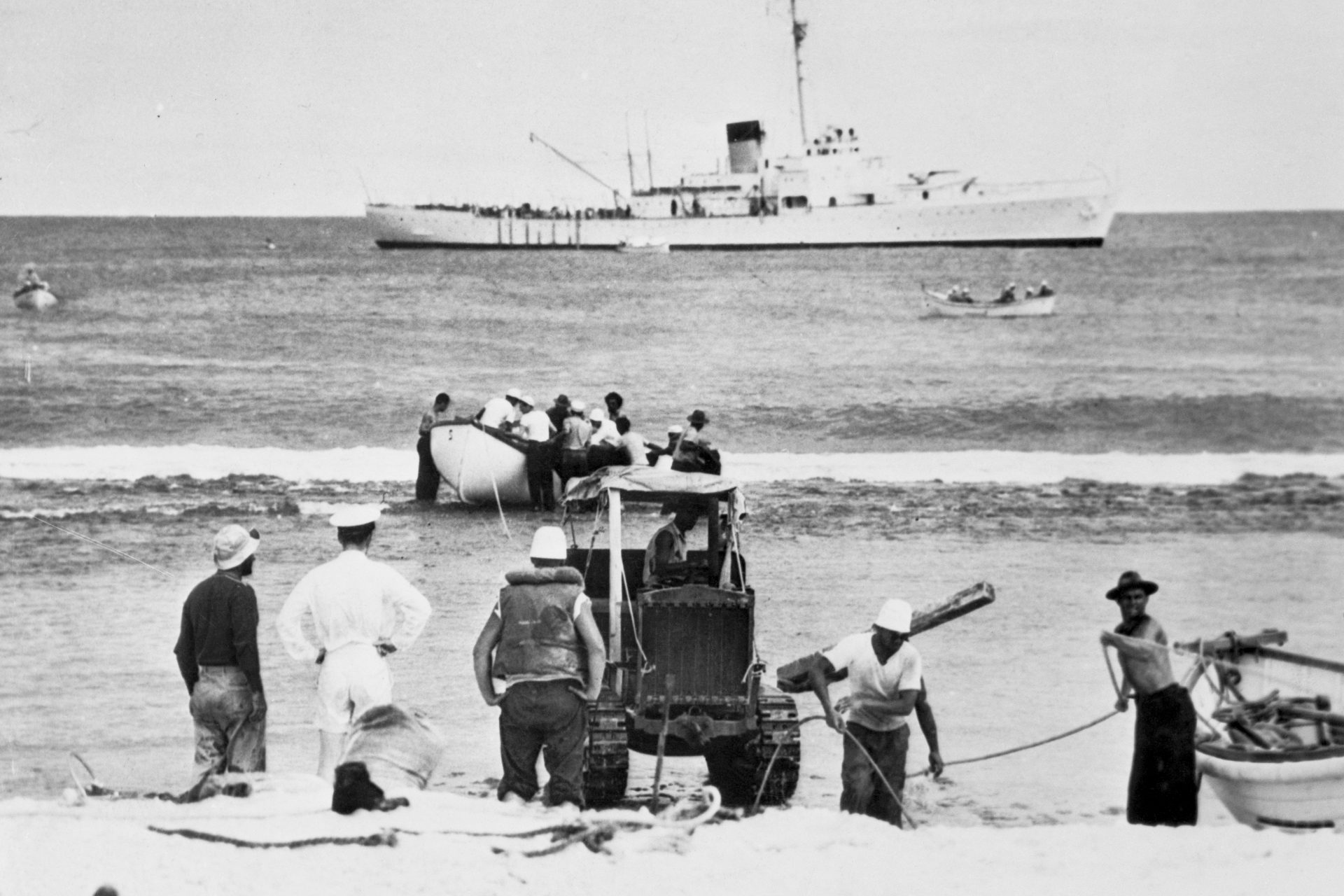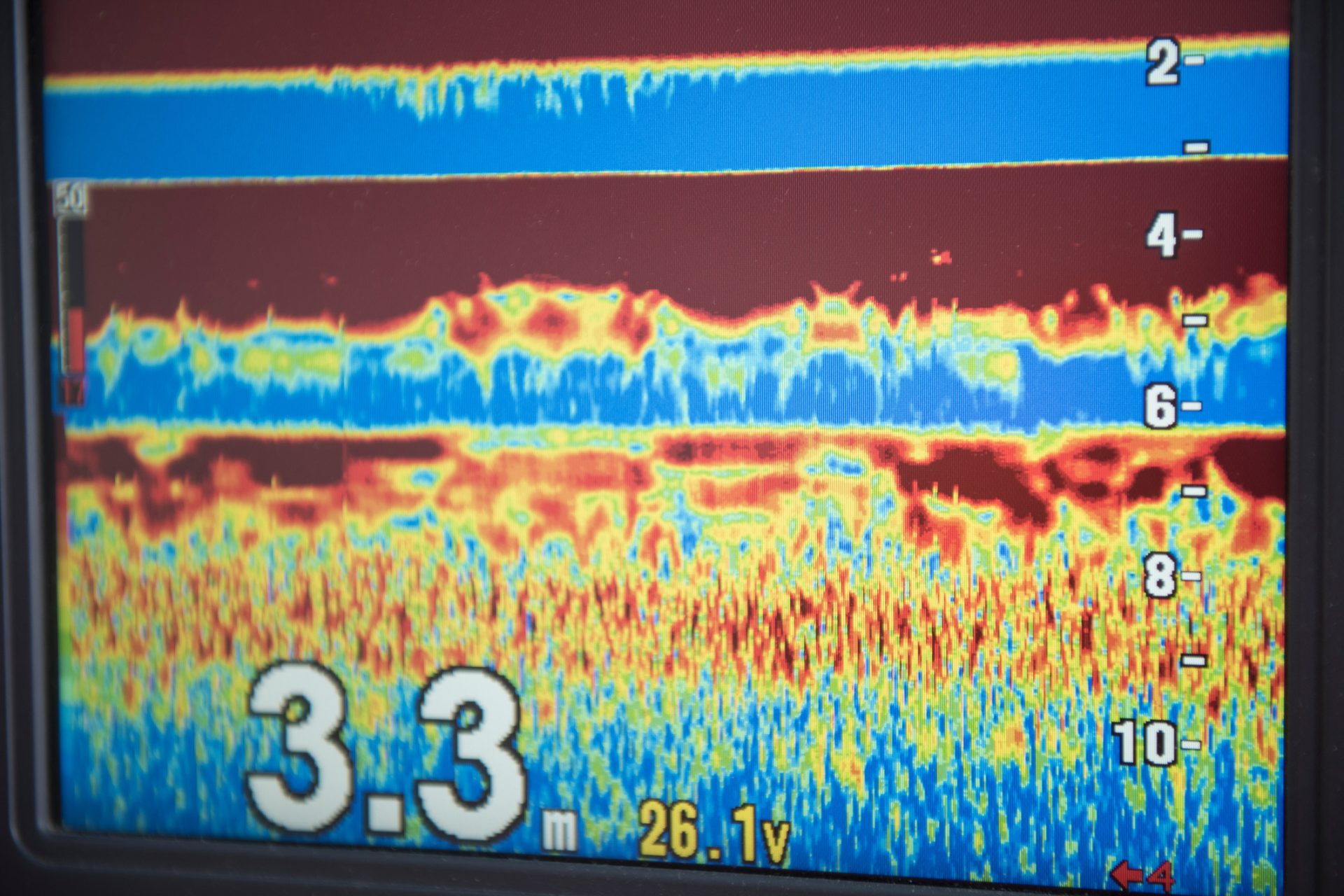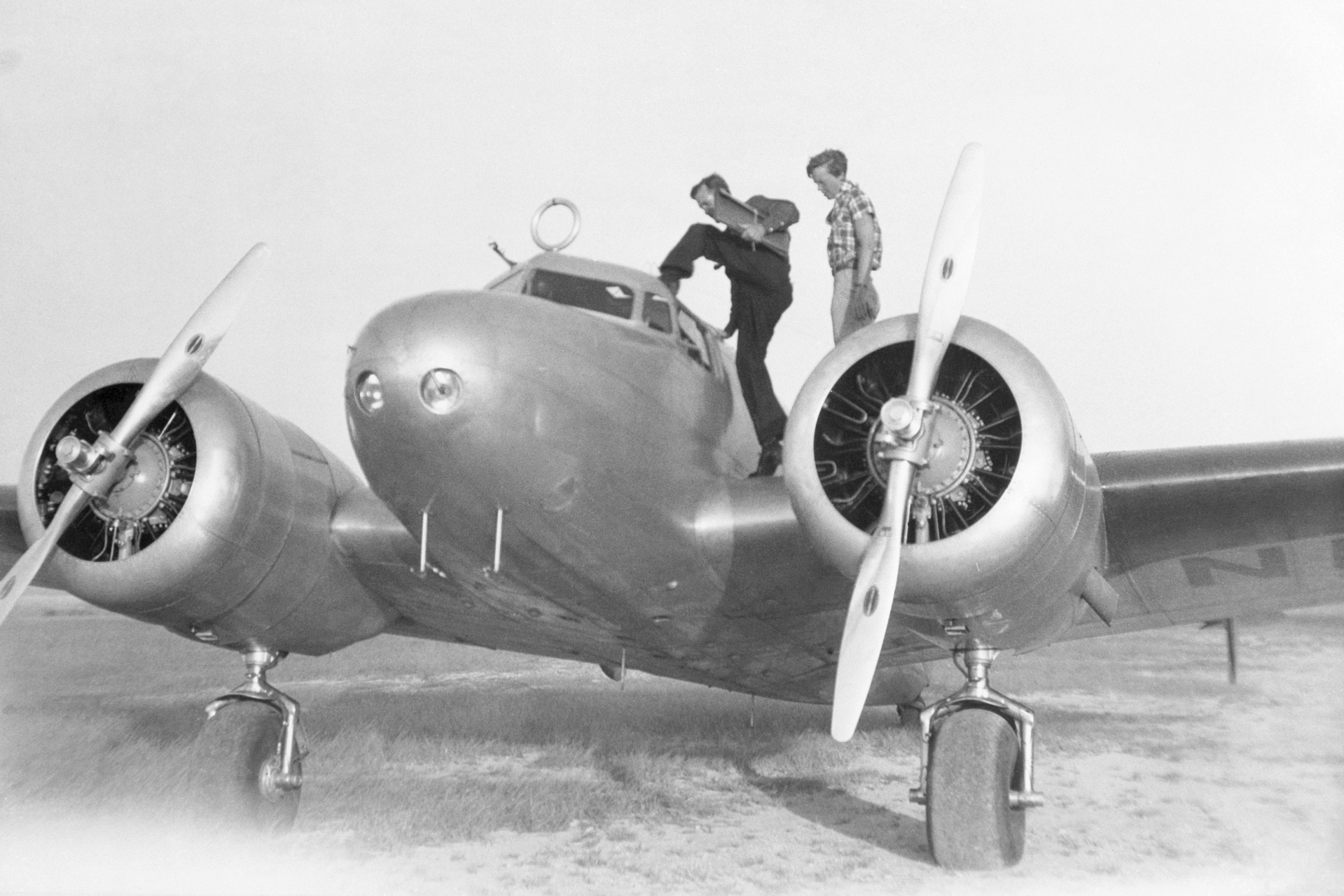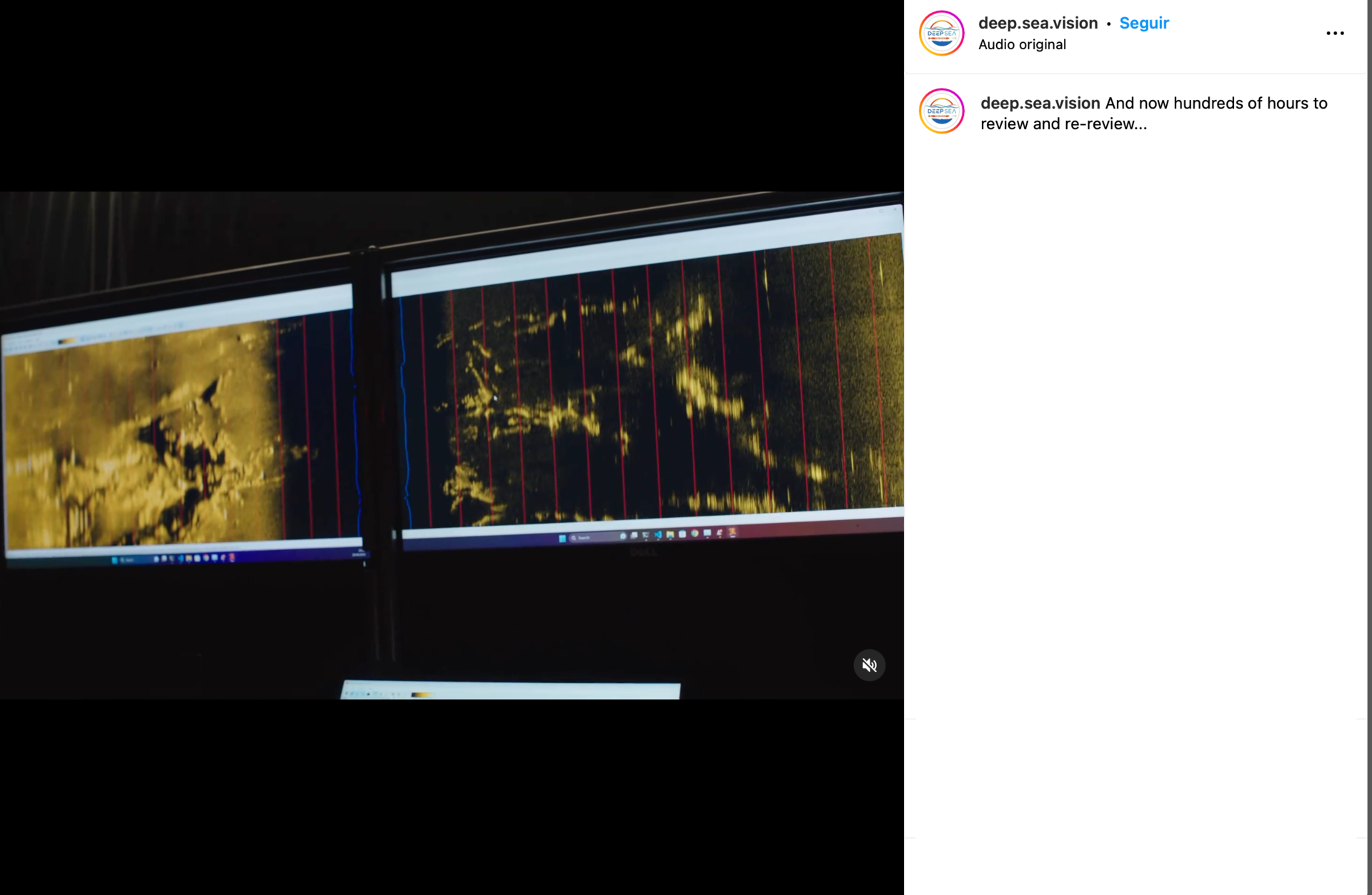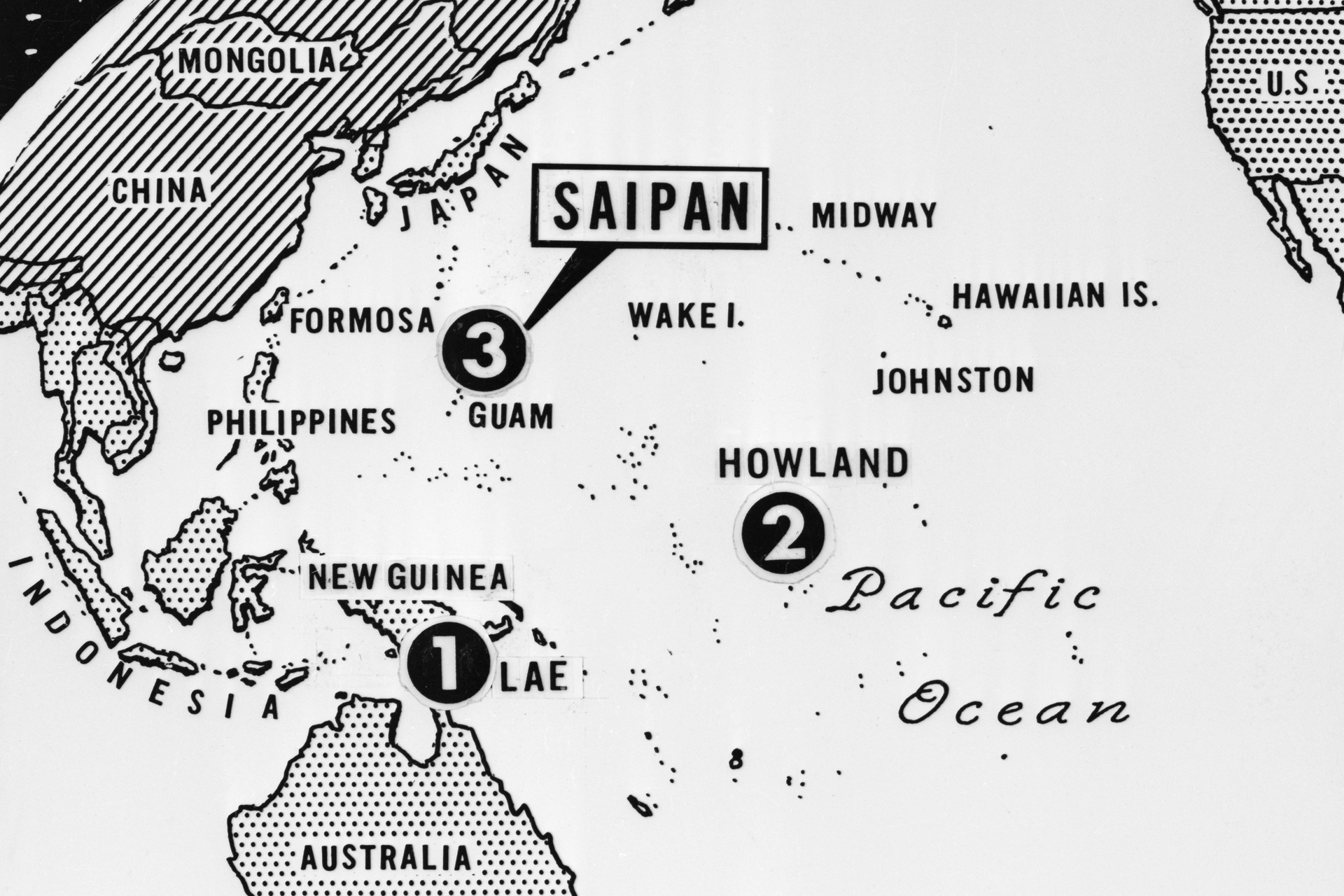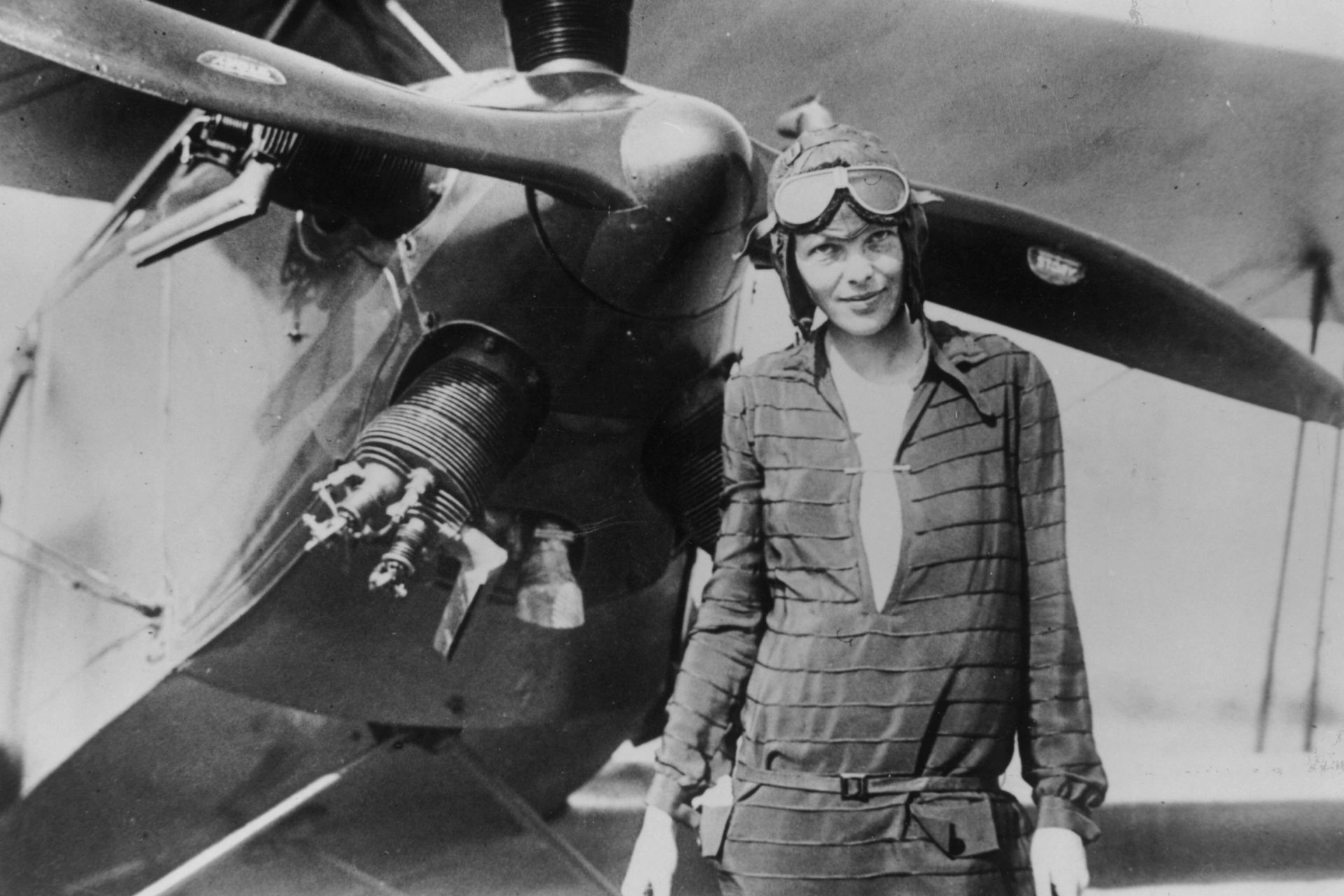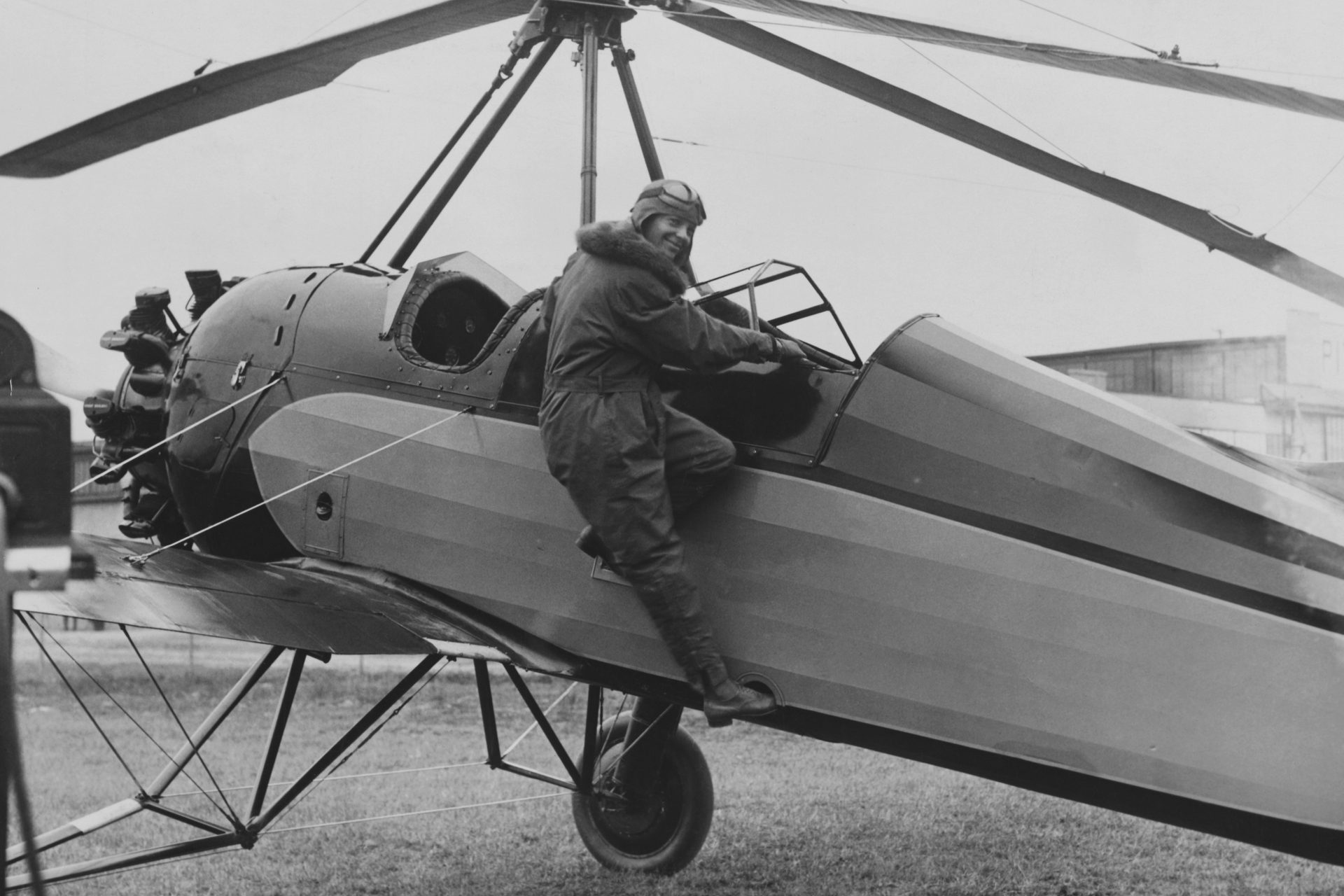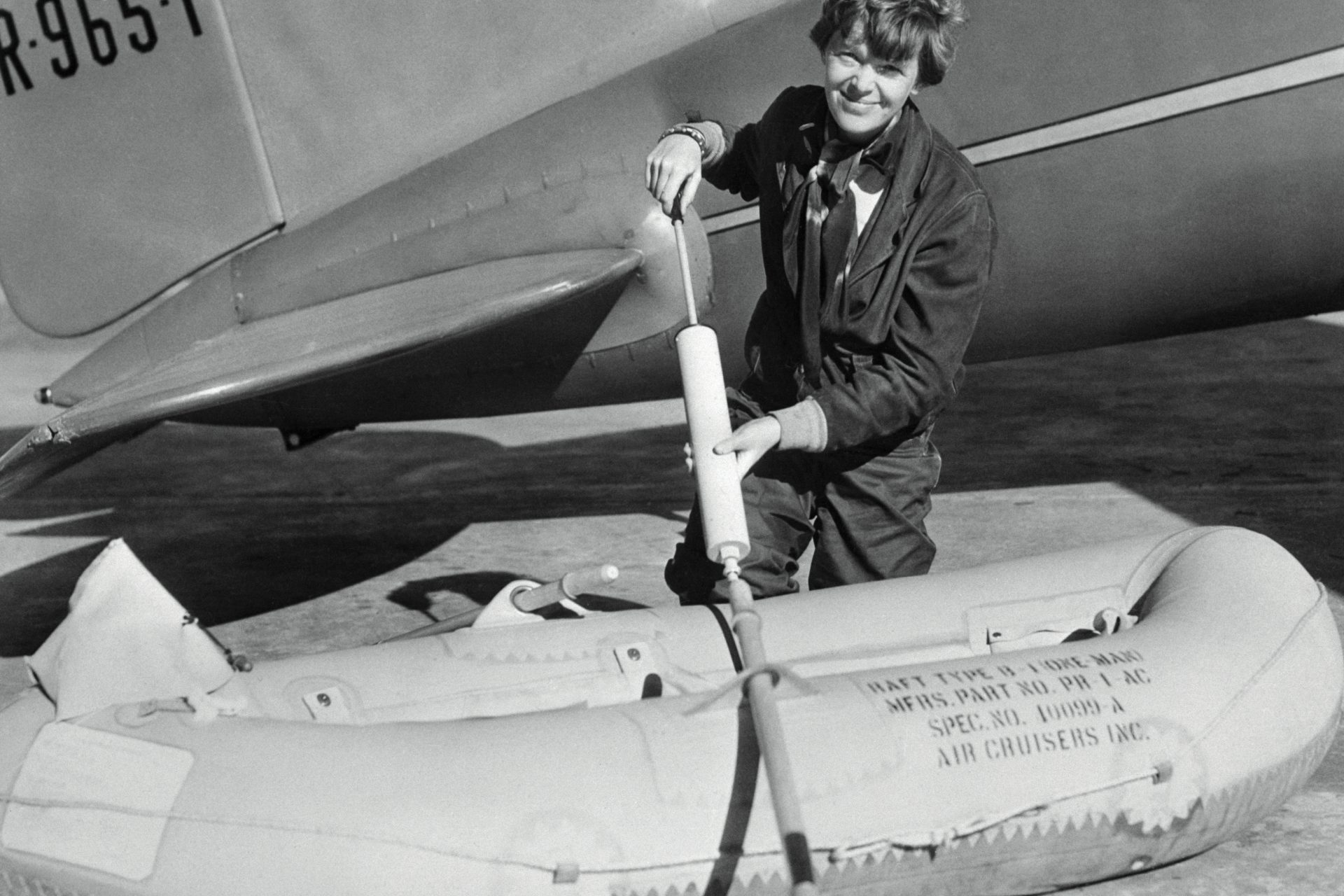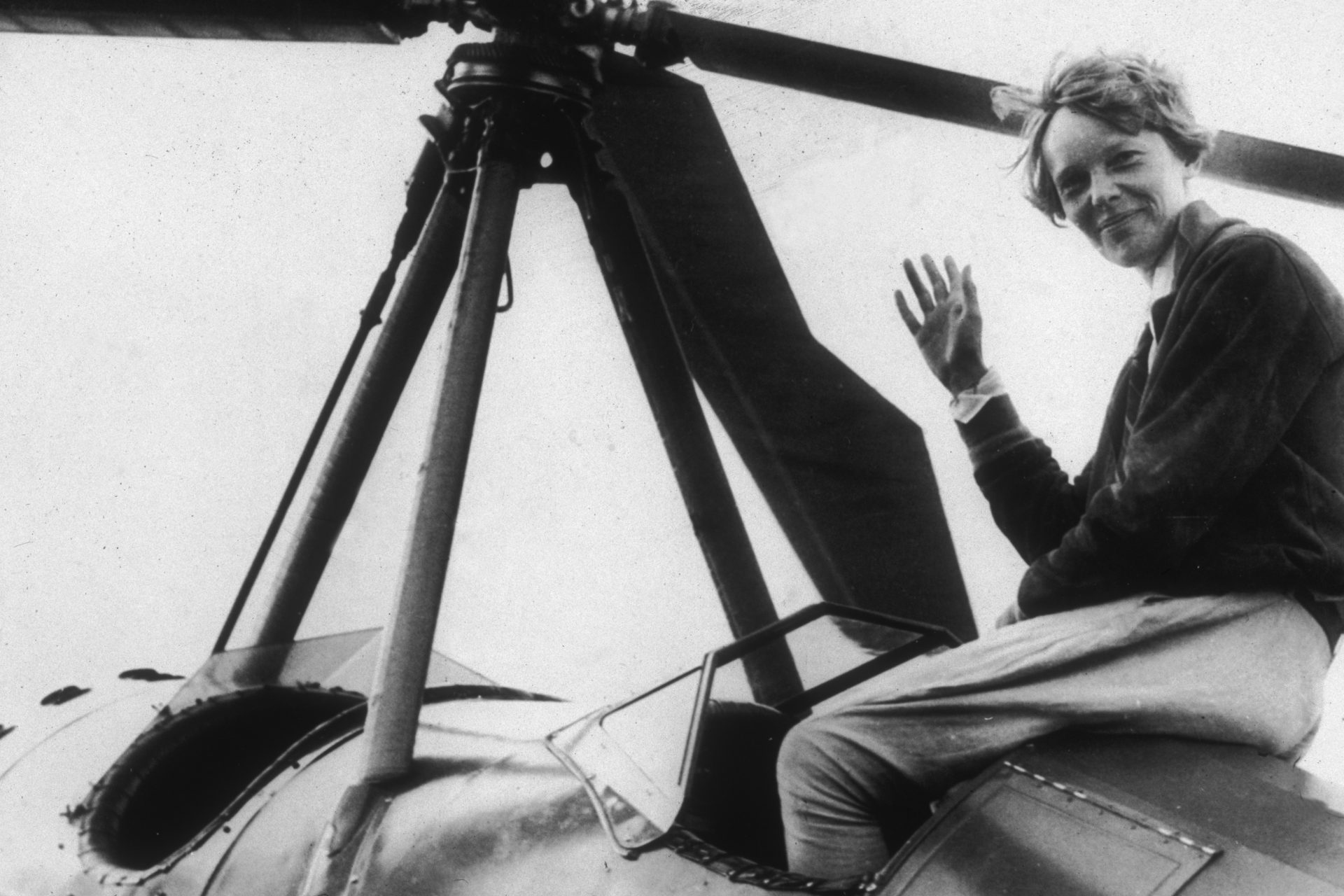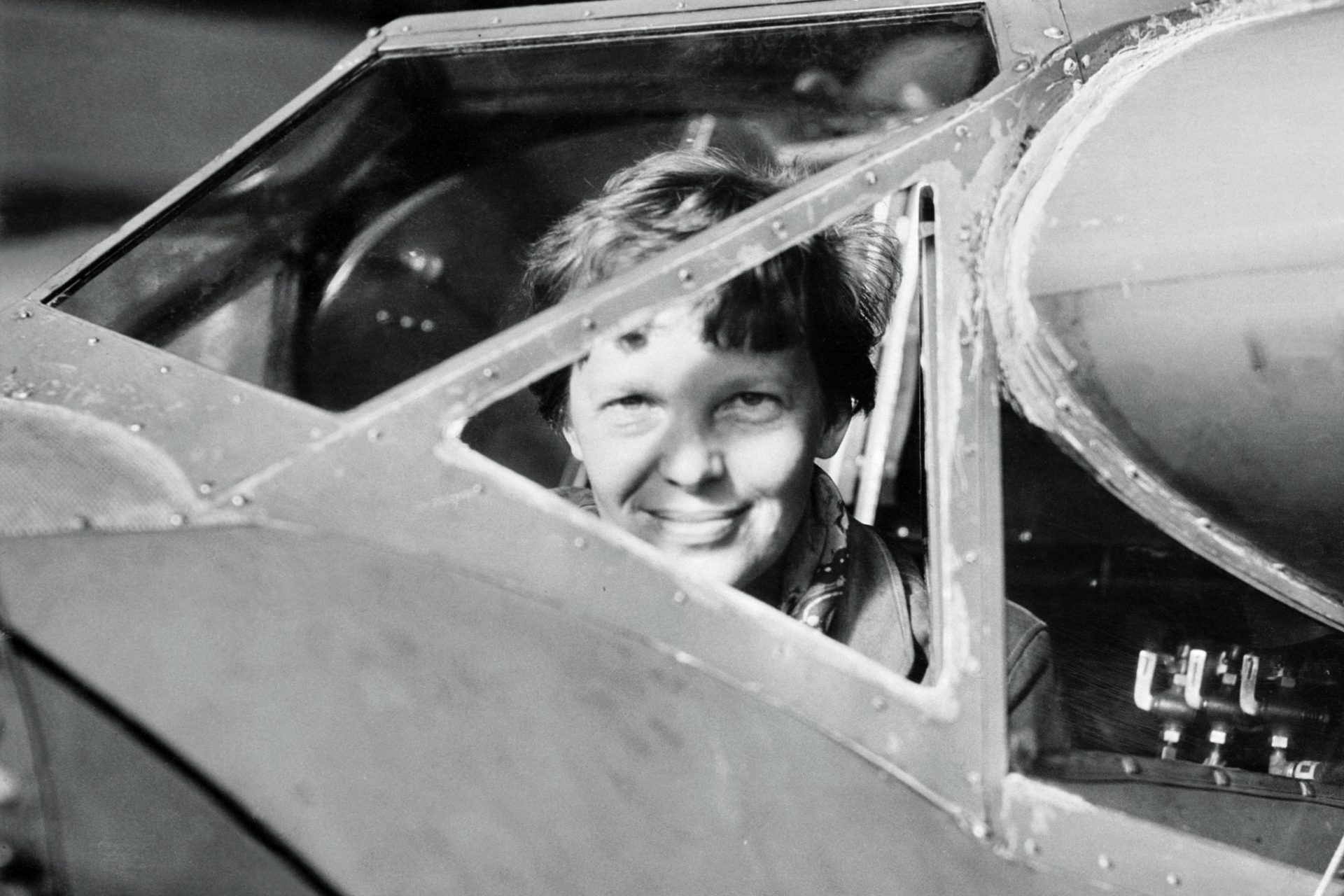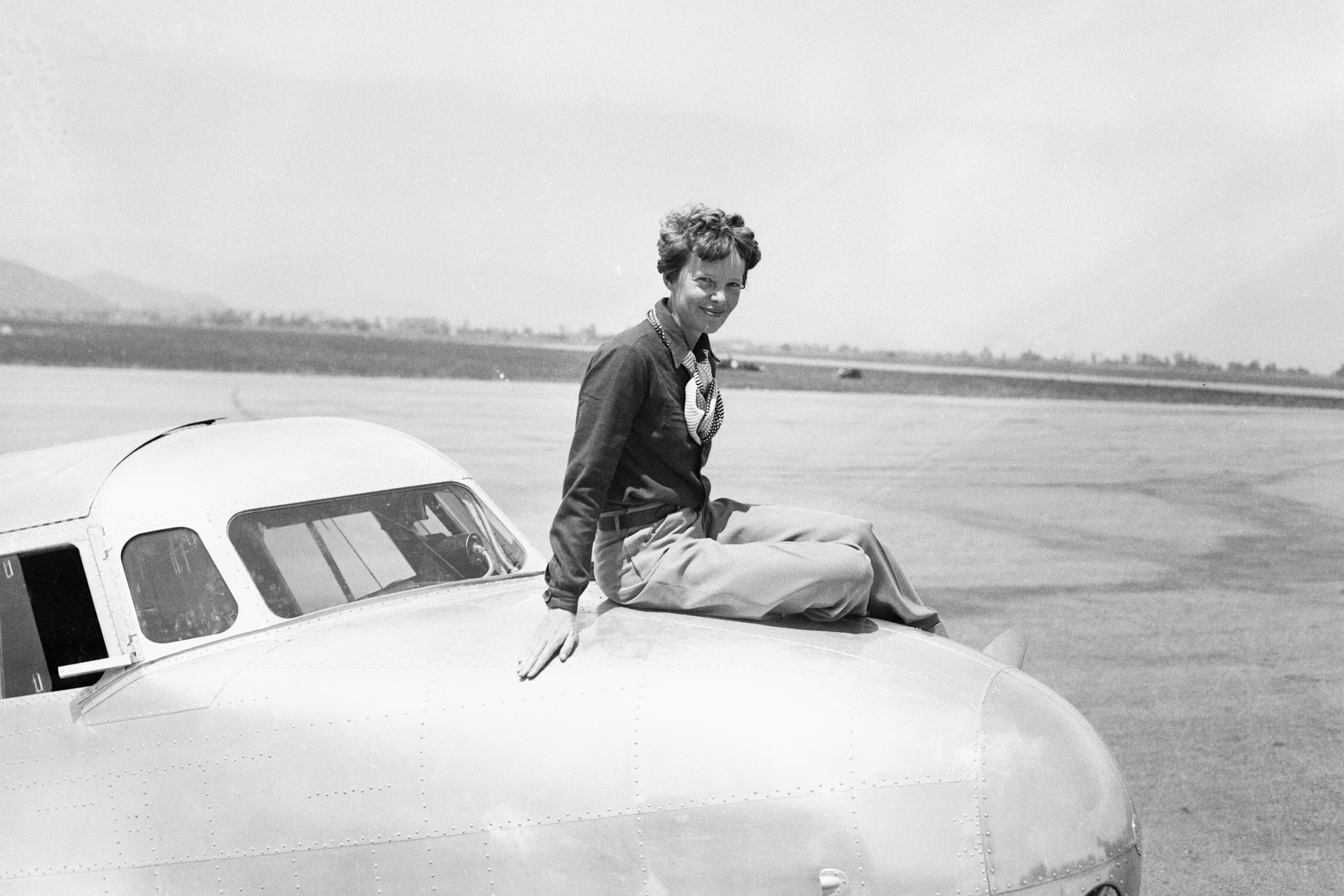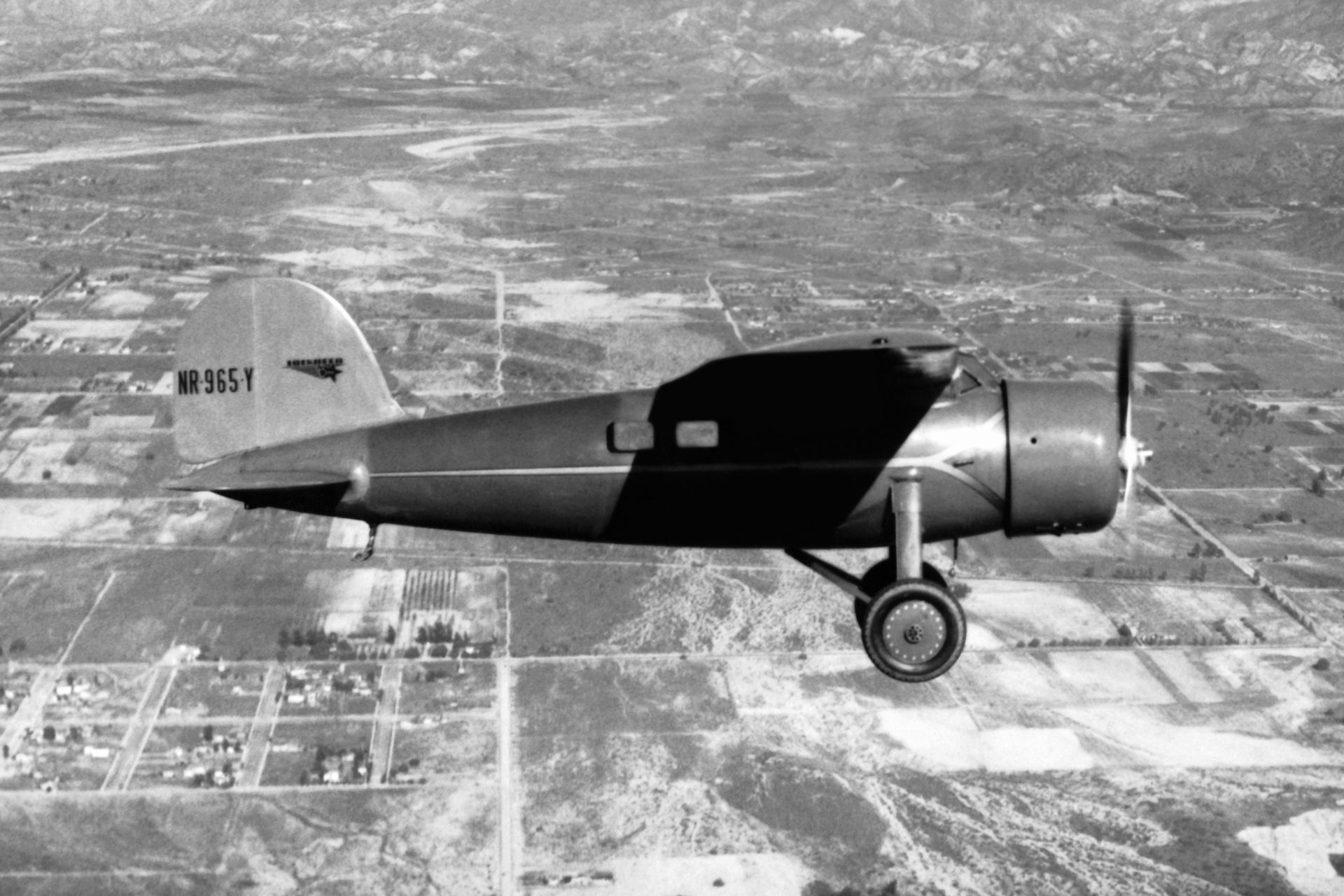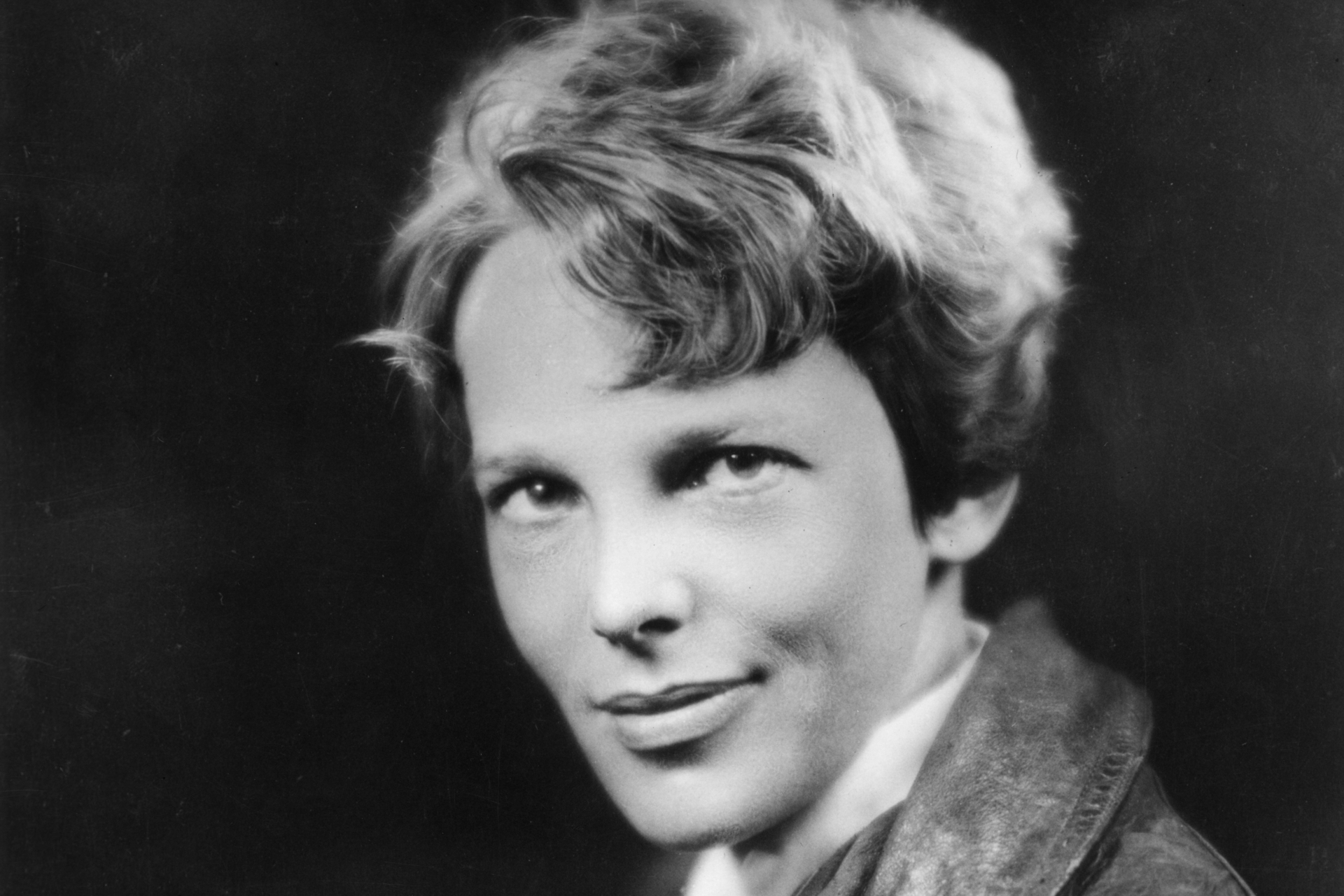Has Amelia Earhart's plane been found?
The disappearance of famed aviator Amelia Earhart over the Pacific Ocean nearly 87 years ago has been one of the great unsolved mysteries of our time. However, as reported by CNN, thanks to sonar imagery an important clue may have been found.
Amelia Earhart was the first woman to fly solo across the United States, then the first woman to fly across the Atlantic, and, again, the first to fly across the Pacific.
When Earhart attempted what would become her final feat a flight around the world, she went missing. On July 2, 1937 Earhart disappeared, never to be heard from again and nobody could ever figure out what really happened to her.
Pictured: Pilot Amelia Earhart and her advisor Fred Noonan with a map of the Pacific showing the planned route for their latest adventure.
From 1937 until today, countless expeditions have been carried out to identify the remains of the aviator, her navigator Fred Noonan and the plane in which they were traveling.
However, according to several media outlets, Tony Romeo, CEO of Deep Sea Vision, a South Carolina shipping company, believes he has successfully identified their device.
On their Instagram page the company wrote: "Deep Sea Vision scanned more than 5,200 square miles of ocean floor with a 16-person crew and the Kongsberg Discovery HUGIN 6000, the most advanced unmanned underwater drone, before finding what could be the legendary American aviator's Lockheed 10-E Electra."
Photo: Instagram @deep.sea.vision
Using sonar technology to map the ocean floor, the Deep Sea Vision team detected an anomaly about 5,000 meters deep on the seafloor near Howland Island, the atoll of the Pacific which Earhart seemed to be heading towards at the time of her disappearance.
Pictured: Image of Howland Island at the time of Amelia Earhart's exploit.
Sonar imaging works by sending sound pulses into the water which are reflected towards the surface as soon as they encounter an obstacle. Depending on the time that the sound wave takes to propagate, we can deduce the depth at which the object is located and its size, but also its density. These pulses are then transformed into images, to map an underwater area for example. These are obviously not photos strictly speaking.
But as reported by the New York Times , Tony Romeo is convinced that this "anomaly" spotted by sonar is compatible in size and characteristics with the famous aviator's twin-engine Lockheed 10-E Electra.
"We'd gone 100 days without finding anything," Mr. Romeo said in an interview with the New York Times. "We were kind of at each other's throats. And, you know, there it is. It pops up on the screen.
And you know, you realize at that moment, we were the first ones to have seen Amelia's plane in something like 86 years. It was an incredible moment."
Photo: Instagram @deep.sea.vision
According to the Wall Street Journal, which was the first to publish the sonar image, Dorothy Cochrane, curator of the National Air and Space Museum, believes that the location could be where Amelia's plane went down.
Pictured: A map of Amelia Earhart's journey
But not everyone shares this enthusiasm. Indeed, many experts are calling for calm and citing the need for more in-depth research to clarify whether or not this is Earhart's plane.
Dr Andrew Pietruszka, an underwater archaeologist at the Scripps Institution of Oceanography at the University of California, believes "There's no way you could definitively say that's even an aircraft," according to CNN. "To me, at best, you could say you have a promising
target that might be an aircraft, and might be Amelia Earhart's aircraft, at best."
.
Piotr Bojakowski, professor of nautical archeology at Texas A&M University, seemed more positive in his comments on the subject to The New York Times: "There are a lot of air crashes around all those islands. Could it be American? Could it be Japanese? Could it be something else? Right now, all we know is it looks like a plane."
The New York Times article also reports the words of aeronautics archaeologist Megan Lickliter-Mundon, who doubts that after more than 80 years in the ocean, an airplane could remain intact as it appears on the image from Deep Sea Vision, although she is open to the possibility.
David Jourdan, president of Nauticos, a company which, like Deep Sea Vision, is involved in the exploration of the deep sea and which, in the past, has specifically carried out searches to find Earhart's plane, is also skeptical.
In an email to CNN, David Jourdan wrote: "It is impossible to identify anything from a sonar image alone as sound can be tricky and the artifact could be damaged in unpredictable ways altering its shape. For that reason, you can never say that something is (or isn't) from a sonar image alone."
However, Deep Sea Vision intends to return to the site to make an underwater video and confirm (or refute) the hypothesis that it is Amelia Earhart's plane, thanks to the number printed under the wing of the Lockheed.
Tony Romeo's words, reported by The New York Times, seem to leave no doubt about his intentions: "I want the world to see it." And much of the world is impatiently awaiting what he can show them in this umpteenth chapter of the mystery surrounding one of the most fascinating figures of the 20th century.
More for you
Top Stories



